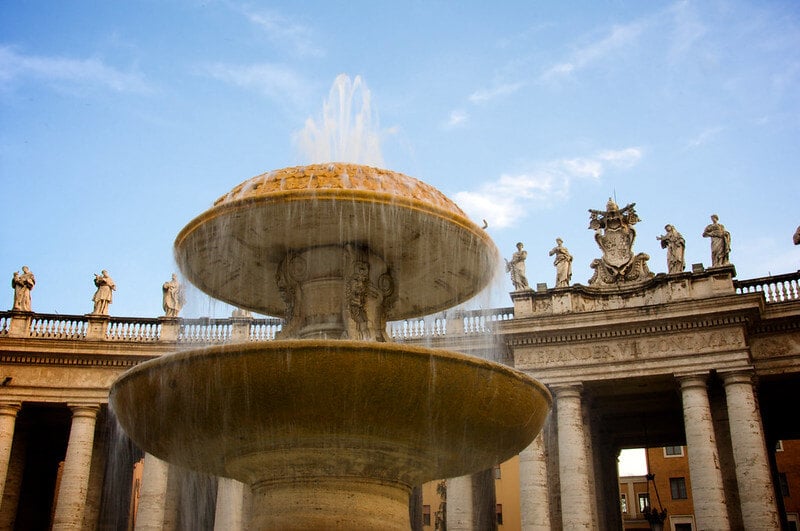Our culture wars continue to rage. It is a state of extremes breeding a crisis of extremism. As often happens in crisis, we tend to recreate the past. Dionysian hedonism is alive and well in the ethos of pleasure-seeking progressivism; in response, post-Christian “neoreactionaries” are resurrecting the stern moralities of ancient Greece and Rome.
Login to read more
Sign in or create a free account to access Subscriber-only content.
Topics:
